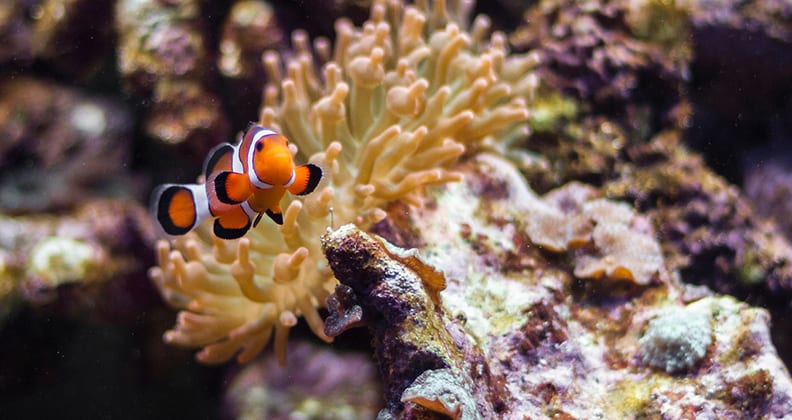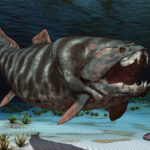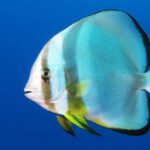Clownfish and sea anemones attained celebrity-like status after 2003’s Pixar smash-hit, Finding Nemo. Now, a team of Australian marine biologists have discovered that removing clownfish from anemone-clownfish colonies is having far-reaching negative consequences.
Symbiosis – where two species live together out of necessity or mutual advantage – is relatively common in coral reefs. One of the more iconic examples, popularised by the film Finding Nemo, is the clownfish and sea anemone relationship.
Sea anemones act as a shelter for clownfish, their tentacles stinging the clownfish’s predators, such as lionfish or snapper, but not clownfish, thanks to their protective mucous coating. Clownfish likewise protect sea anemones from their predators, such as butterflyfish, and supply oxygen and nutrients to ensure sea anemones grow and reproduce more.
To better understand the clownfish and sea anemone relationship, Curtin’s Dr Jean-Paul Hobbs teamed up with collaborators from James Cook University Dr Ashley Frisch, Justin Rizzari and Katherine Munkres, and experimentally removed a small number of clownfish from anemone-clownfish colonies on the Great Barrier Reef over three years.
“This experiment mimics how the fishing industry collects clownfish and also tests alternate collecting approaches to determine the best approach. Before this research, we only had a limited understanding of the impacts of clownfish removal,” Dr Hobbs says.
Results indicated that the size and amount of removed clownfish had a proportional negative effect upon the growth and reproduction of sea anemones and the eventual productivity of the remaining clownfish. Additionally, five of the analysed 47 colonies could not be found after the removal of clownfish and were presumed dead.
The least negative impact occurred when the team removed juvenile clownfish and left the adults, and when the removals occurred less frequently (every six months).
“We recommend that the best strategy for management agencies is for fishers to collect less often – every six months – and to collect juvenile clownfish and leave the adults to defend the anemone,” Dr Hobbs says.
“If the collectors do not do this, and decide to continually harvest adult clownfish, then the size, growth and number of anemones will decrease. Less and smaller anemones support fewer and smaller clownfish, and there will be fewer habitats for breeding clownfish.
“Frequent and constant removal of adult clownfish is an unsustainable practice.”
Dr Hobbs has now travelled to Christmas Island to research the reverse side of the clownfish and sea anemone relationship: how the death of anemones is affecting clownfish.
“Climate change is causing rises in sea temperatures, which can result in mass bleaching events. In the past, these events have resulted in the mass death of anemones and extinction of clownfish at some locations. We are currently experiencing the third major global bleaching event, which has now reached the west coast of Australia,” Dr Hobbs says.
If you want more information about how removing clownfish affects anemone-clownfish colonies, please read the journal article written by Dr Hobbs and his colleagues.



